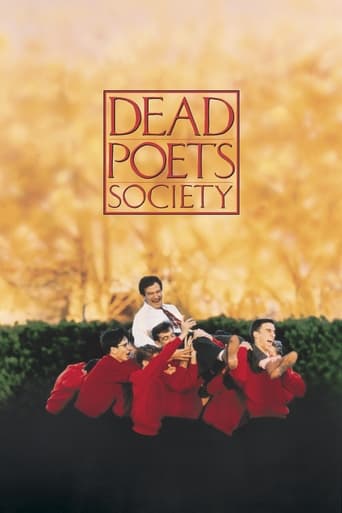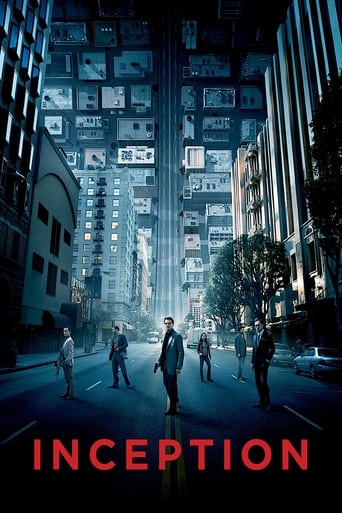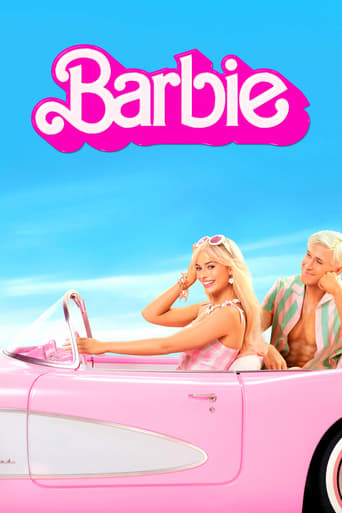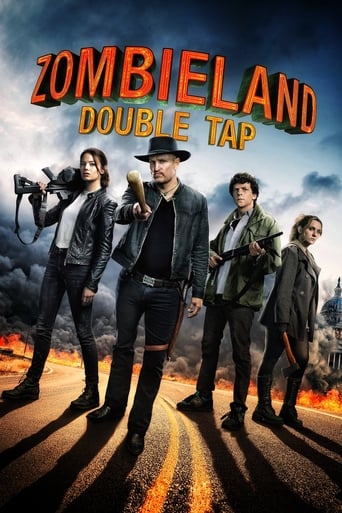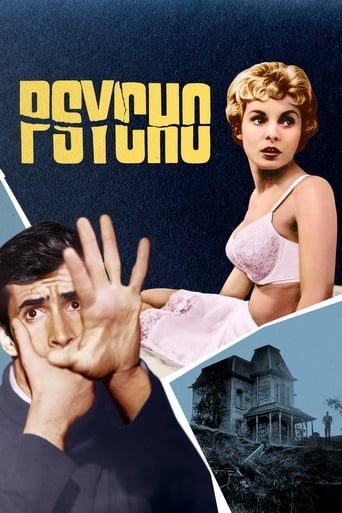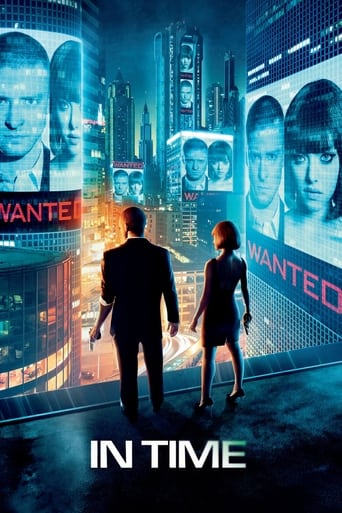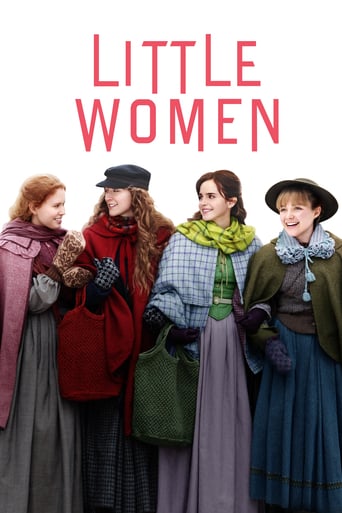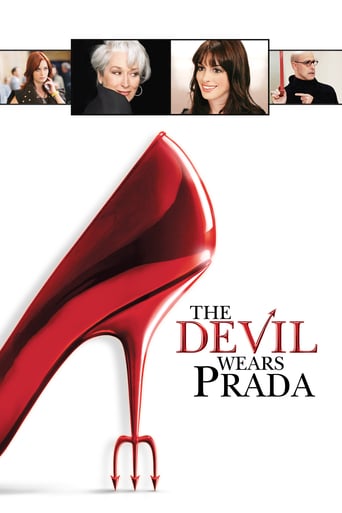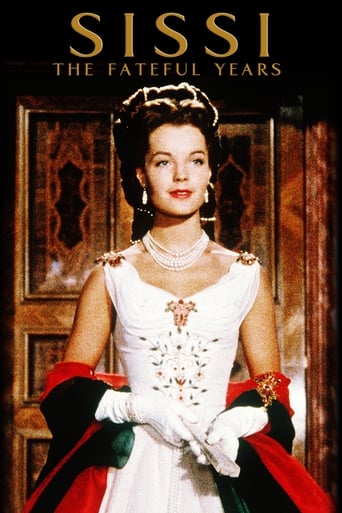


Sissi: The Fateful Years of an Empress
After a wonderful time in Hungary Sissi falls extremely ill and must retreat to a Mediterranean climate to rest. The young empress’ mother takes her from Austria to recover in Madeira.
-
- Cast:
- Romy Schneider , Karlheinz Böhm , Magda Schneider , Gustav Knuth , Uta Franz , Walther Reyer , Vilma Degischer


Similar titles
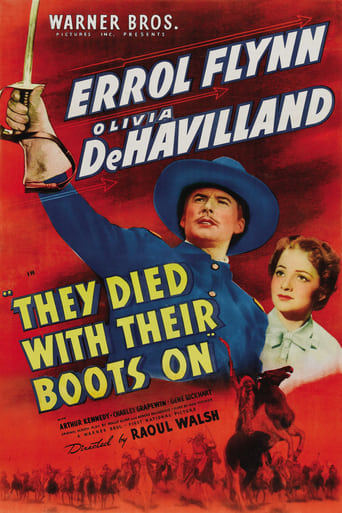



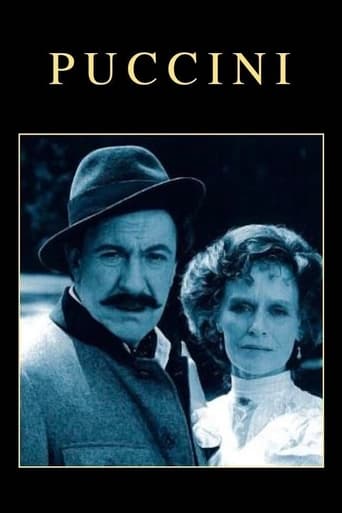



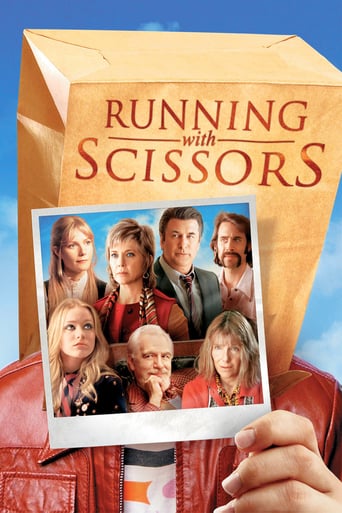

Reviews
Admirable film.
A lot of fun.
A different way of telling a story
By the time the dramatic fireworks start popping off, each one feels earned.
In reviews of the two earlier Sissi films I have already pointed out that the historical interest of the films is to be found in their relation to fifties Germany (pan-Germany) rather than to the rather slender connection with the real history of pre-First World War Austro-Hungary. I shall not repeat those arguments here.There is a curious "truth" game played in one of the films of Fassbinder where the characters determine who is intended by asking such questions as "What would s/he be if he were a tree" etc The last question (the killer) is "What would s/he have been during the Third Reich?" Fassbinder was one of the few West German film-makers to resolutely explore the old wound. The Austrian Marischka is at the furthest extreme, creating this really quite extraordinary fairy-tale epic which is, by careful design, light years away from the terrible "you know what", the unmentionable (like tuberculosis in this film), that most Germans now preferred to cast into oblivion.There is not very strong evidence for Sissi suffering from tuberculosis, although it was apparently at one time suspected, but the "white plague" was quite an important issue in the late forties and fifties (on the increase in the aftermath of the war) although it was in fact to be the decade when the disease was at least temporarily mastered. Germany, like Sissi, might hope for a complete cure. 1957 was the comeback year for Veit Harlan (best known for the anti-semitic wartime classic Jud Süss. After somehow battling through to an acquittal in the courts, Harlan produced the film Anders als du und ich, a rather daring film about homosexuality, picking up a theme common in pre-Hitler Weimar. Harlan's film was also known as "the third sex", a term coined in the twenties by sexologist Magnus Hirschfeld (openly gay and Jewish), and similarly used as an alternative title both for Oswald's Anders als die Andern 1919 (in which Hirschfield himself appears) and for Dreyer's Mikaël (1924). Sadly for Harlan, his reputation was against him and the film met with demonstrations accusing him inter alia, and rather justly, of being anti-homosexual, although it is true that the film was more timid and conservative on the subject than its Weimar predecessors.Harlan could not call for this film on his former wartime collaborator, art director Bruno Mondi, for the very good reason that Mondi had his hands full as art director for the Sissi trilogy.The pan-Germanic theme continues in the third part of Sissi, to extend beyond Germany (represented by Sissi's native Bavaria), Austria and Hungary to include Italy - a perfect representation of Mitteleuropa, the maintenance of whose cultural imperium has throughout the trilogy been seen as Sissi's peculiar "destiny" = "order, peace, happiness, contentment" (order, typically still comes first)It is a sad irony of history that, had Hitler had a more generous conception of the Volkdeutsche, he might have been the champion of European Jewry (Ashkenazis throughout Europe were German speaking and very largely of German culture). In this film history is put right to a certain extent - but rather coyly. Not only do we see the Hungarian gypsies again, as in the second film but Sissi's brother marries .....an actress...and a bourgeoise(who just happens to have the Yiddish surname Mendel).Quite where this fairy-tale land benevolently dominated by the Volkdeutsche would have extended in the projected fourth part of Sissi, we cannot know. Von der Etsch bis an den Belt no doubt. What words, one wonders, did the German audience mutter to themselves as the Haydn music played (as it had in each part of the trilogy) at the climax of the film?The two charming puppets (Romy and Karlheinz) rebelled. For the special relevance of these two performers (both "innocent" children of parents prominently and ostentatiously, if relatively frivolously, known for their support of Hitler - Magda Schneider, who of course appears as the mother in the films and the conductor Karl Böhm).Schneider's unwillingness (despite her mother) to continue the masquerade is well known but I do not doubt that the feeling was shared by Karlheinz. Both marked their rebellion by a career-change, although in Romy's case this involved battling with her mother rather as Sissi battles with the mother-in-law in the trilogy. After agreeing to play the same part as her mother had played in the film Christine (a remake of Ophüls 1933 Liebelei), she broke the umbilical cord by running off with her co-star Alain Delon.As for Karlheinz he would appear, at great cost to his career, in the remarkable but disturbing film Peeping Tom (1960) made by the British director Michael Powell. The appearance of a German actor in the principal role is totally anomalous but may well be explained by the fact that the films is crucially concerned with the effect of a child growing up with a famous but grimly obsessive father (played by Powell himself in the film). If he never became a major star, the younger Böhm would nevertheless on the whole make a success of what might be described as his personal quest for rehabilitation, becoming a left-wing activist in the sixties and later a noted philanthropist and appearing in the seventies in the films of Fassbinder (as a homosexual in one and a communist in the other).For Romy Schneider, the road was far more difficult and, despite a period of great fame, would end with her suicide in 1982 at the age of forty-three. She had given both her children markedly Jewish names (David and Sarah) and was buried with a star of David around her neck.Escapism no doubt has its place but there is still no better antidote to a troubled past than facing it honestly.
"Sissi - Schicksalsjahre einer Kaiserin" or "Sissi: The Fateful Years of an Empress" is the third and final film from the Sissi trilogy starring Romy Schneider, her mother Magda and Karlheinz Böhm. I watched all 3 films and I must say it should have ended already after the first, or even never have made. It may be an aesthetically pleasing watch most of the time, because costumes, cinematography and art direction are okay, but it's all very pretentious and style over substance. I have no idea why 2 of these 3 films were nominated at the prestigious Cannes Film Festival. Anyway, back to this one here. The writer and director is Oscar nominee Ernst Marischka once again. The film runs for 108 minutes roughly, a couple minutes longer than films 1 and 2. And with all the emotional pain, they included previously, especially in films 2, this one is mostly about actual physical pain for Sissi. It's all tear-jerk stuff, but never feels authentic and her complete recovery out of nowhere is as ridiculous as the constant comments about how she is possibly going to die while she wanders around carelessly in the castle as usual and doesn't even look sick. The same antagonist (the evil mother-in-law) adds nothing new and Böhm's character apparently being totally dependent on his wife's health don't help either in making this a credible tale.Other than this crucial plot point, it is also about Sissi being courted by Graf Andrassy. In reality, there are rumors about the two having a long-lasting affair, maybe him even being the father of one of her children, but in here she blows him off instantly. I really hate it when characters are depicted perfect in terms of character and behavior and it was pretty cringeworthy most of the time. Apart from that, this elaboration (and also many other scenes) make obvious that this cannot be taken seriously as a historic film. Another cringeworthy scene was when Sissi tells her mother that she did not ask her to come because of the long distance and the stressful journey for her mother when she herself was apparently very sick. Still 100% altruist, even if she is dying. Well.. obviously she is not and everybody in the audience knows. Schneiders stunning looks are not enough for me to recommend this movie. The fake harmony alone leaves a very negative note. Only recommended if you enjoyed the first and second movie. I already did not like these either, but if you do, maybe you will appreciate this third film as well. For me, it is a thumbs down.
The third part of Sissi trilogy is made in the same convention as the previous two parts: monumental scenes with a lot of historical inaccuracies, sweetness, and high morality. However, if there is any uniqueness of this part, it is its most tragic content. As a result, Sissi-Schicksalsjahre einer Kaiserin, which can be translated as "the fateful years of the empress", is closest to the historical picture of this person - one of the most tragic empresses and one of the most known figures of the Austrian history.The first half takes place in Hungary. Sissi, the queen of Hungary, stays in a lovely place, Godolo, far from the loneliness of the royal palace in Vienna, and her cruel mother in law, archduchess Sophie. Although she loves her time there, she leaves Hungary when Count Andrassy's love gets stronger. However, there remains one trace in her from the time spent riding horses and relaxing in Godollo. Sissi falls into tuberculosis. She has to leave Vienna for an exotic southern place to change the climate. It is Madeira and Korfu. There are long scenes of her recovering, her mother Ludovika (Magda Schneider) comes to her, to Madeira, and gives her hope to recover. There is a reference of long scenes to the tiring process of recovering. But they are not boring thanks to gorgeous views of the Italian coast.The part is equally classic as the previous ones. Great cast including Romy Schneider, her mother Magda Schneider, and Karlheinz Bohm, still living. Filming locations are also an aspect worth considering. For that time, it was really extraordinary to make the movie on the Amalfi Coast (southern Italy) or Venice. Most scenes of Madeira and Korfu are particularly shot in an idyllic town of Ravello with its wonderful villas, Villa Cimbrone and Villa Rufolo. There is also Paestum with its ancient temples and, of course, Saint Mark's Square in Venice at the end of the movie.The final scene is the most memorable of all. Sissi, having recovered from tuberculosis, travels with Franz Josef to Venice (an anti-Austrian part of the empire). The picture of the imperial gondola embarking near St Mark's Square is strikingly based on the various pictures from the 19th century presenting the imperial visit to this beautiful and unique city. The silence of the crowds is widespread. While the imperial couple walk towards Saint Mark's basilica, Sissi suddenly notices her little daughter whom she could not meet due to her illness. Not caring for the people watching, she runs to her daughter, kisses her and cries out of joy. Someone from the crowd starts to salute and after a few seconds the whole Saint Mark's Square turns into a cheerful place. The people do not shout "VIVA" to adore the empress but the MOTHER. "Blessed are the ones of joyful hearts, for joy comes from God"(one notice: the anthem that is played while the imperial family enters the basilica is not the German anthem but the old Austrian anthem of the same melody "Gott Erhalte, Gott Schutze Unseren Kaiser, Unseres Land")You may have one doubt to this final scene. The story somehow does not end. The imperial couple is in Venice, Sissi is well, happy, and what then? Marischka planned to make the fourth part but Romy Schneider refused. She was fed up with being associated with Sissi. She was an actress and not an empress and that was a good decision. More great films waited for her life career. The role of Sissi in 1957 was not the lat one Romy had. She played Elizabeth of Austria one more time in Visconti's Ludwig almost twenty years later, but this was an entirely different portrayal.Sissi Schickslsjahre einer Kaiserin is a classic, beyond times. Generations to come will watch it as a treasure of the Austrian cinema of the 20th century. FOREVER IN MY FAMILY'S FILM COLLECTION
What a film: full colour (from Agfa), all those typical Austrian names and characters, beautiful and young Romy Schneider, but it is "Kitsch". The movie has nothing in common with real history, but served in the 50s an audience which tried to forget the war and nazism. They took the most wonderful scenes in Venice, when Sissis little daughter welcomes her mother arriving by gondola. Kitsch as kitsch can!

